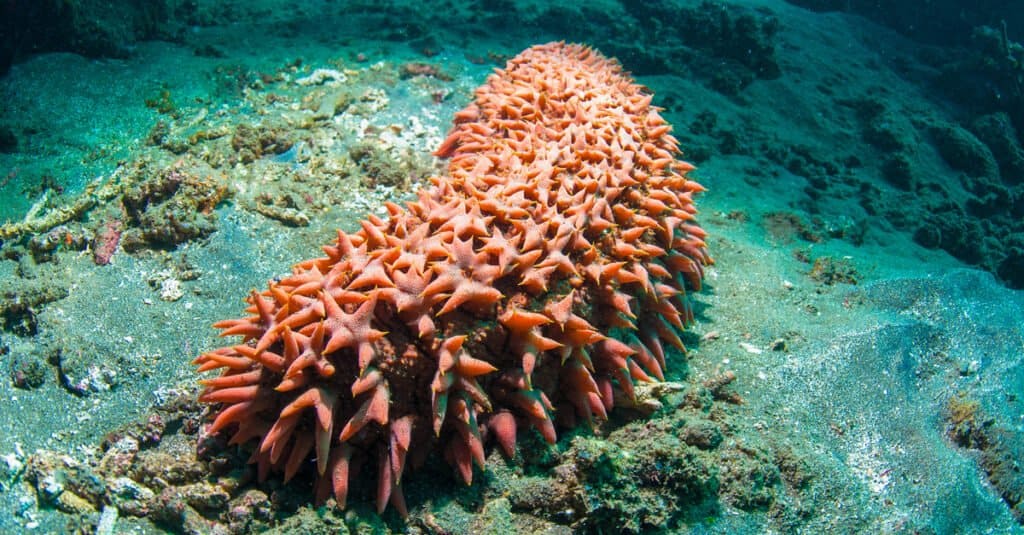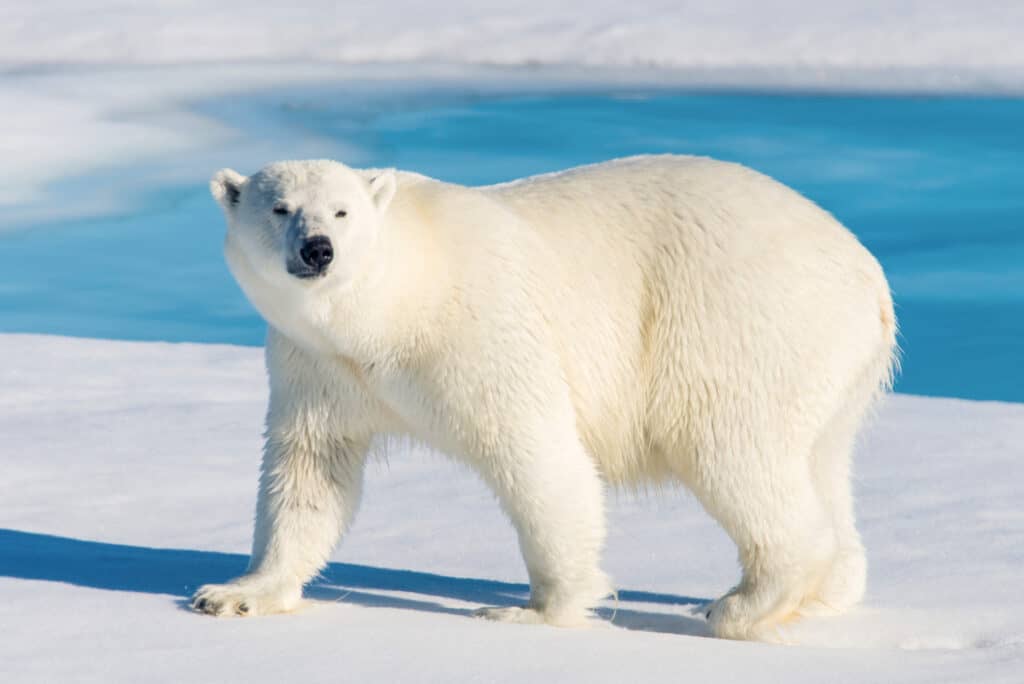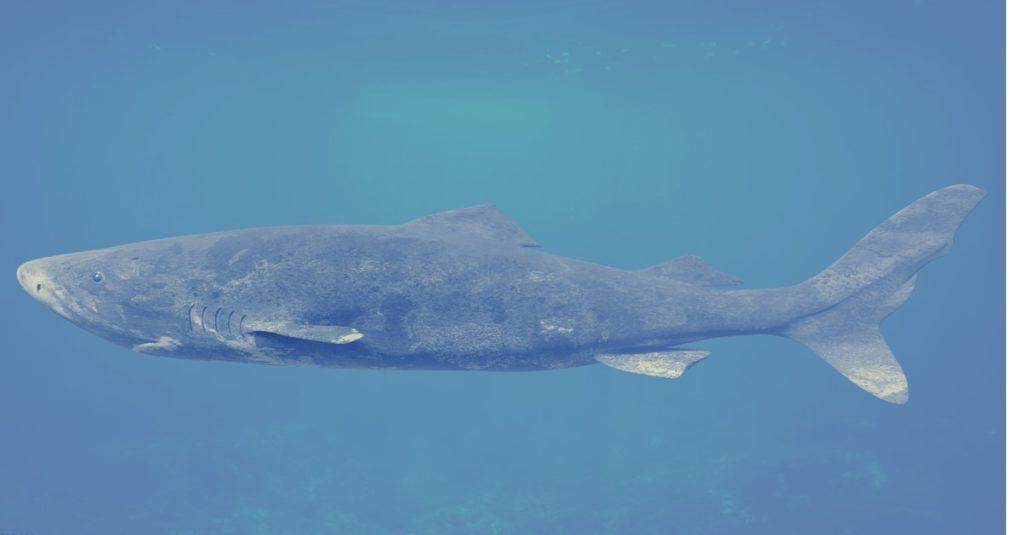The oceans of the planet are one of the largest mysterious. With more than 80 percent of the ocean remaining unexplored as of 2022, there are many questions to be asked about what lives beneath the surface. This includes what lives at the bottom of the Arctic Ocean.
Thankfully, researchers have been able to uncover what lives at the bottom of the Arctic Ocean, although other questions about this frozen ocean may remain. Keep reading below to learn more about these organisms and why they’re important.
About the Arctic Ocean
The Arctic Ocean is the northernmost body of water in the entire world. It is also the smallest and shallowest of all the major oceans. It covers an area of approximately 5,430,000 square miles. Although most major research bodies acknowledge it and refer to it as an ocean, others may call it the Arctic Mediterranean Sea.
This ocean encompasses the North Pole. However, it also extends far enough south so as to be bordered by North America and Eurasia (Europe and Asia). Throughout the year, much of the surface of the Arctic Ocean is sea ice; it is completely covered during the winter months.
Of all the major oceans, the Arctic Ocean has the lowest salinity. This is due to low evaporation and large inflow from rivers and other freshwater sources. The exact salinity content can vary depending on the time of the year. Because of this, however, the Arctic Ocean is also known as an estuary of the Atlantic Ocean.

The Arctic Ocean is covered in ice for much of the year.
©iStock.com/Duyi_Han
What Lives at the Bottom of the Arctic Ocean?
When you look out across the surface of an ice-covered ocean, it may be hard to believe that anything could survive in such cold waters, much less thrive. However, the bottom of the Arctic Ocean is actually brimming with life!
However, what lives at the bottom of the Arctic Ocean may not be what you initially expect. This is because the residents of this ocean floor are known as benthos.
What Are Benthos?
You may also see benthos referred to as benthon. However, what are these unique organisms? The term “benthos” refers to the community of organisms that lives in the benthic zone. This is the name given to the area that makes up the bottom of a body of water. It can refer to freshwater or saltwater like the Arctic Ocean.
The term benthos originates from Ancient Greece, and it translates loosely to mean “the depths of the sea.” Any animal can be benthos if it lives in the benthic zone.

Sea cucumbers are just one example of a benthic organism you might find at the bottom of the Arctic Ocean.
©e2dan/Shutterstock.com
Why Is the Benthic Community Important?
Although they may be at the bottom of the Arctic Ocean, where few will ever tread, benthic organisms are a significant part of any ecosystem.
First, benthos helps bolster the biodiversity of an ecosystem. Several species can thrive in the benthic zone, each with its benefits. This helps maintain balance. Benthos can also provide food and habitats for other organisms.
Benthos act as an indicator of ecosystem health. They help break down waste and decomposing materials while also filtering water. The exact benefits of the benthic community, however, depend on the different organisms.
Benthic Organisms at the Bottom of the Arctic Ocean
Several different benthic organisms are found at the bottom of the Arctic Ocean. These species are able to thrive due to the conditions of the water, including large ice coverage and cooler temperatures, the latter of which benthic organisms are highly adapted to.
Some of the benthic organisms at the bottom of the Arctic Ocean include:
- Brittle stars
- Sea cucumbers
- Sea stars
- Snails
- Slams
- Bristle worms
- Crabs
Two Rare Animals in the Arctic Ocean
It’s not only what lives at the bottom of the Arctic Ocean that is of interest, however. Here are two other rare animals that live here.
Polar Bear
For many people, when they first think of the Arctic Ocean, the first animal that comes to mind is the polar bear (Ursus maritimus). The polar bear is the largest living species of bear, with a diet that is made up of more than 70 percent animal matter. It lives within the Arctic Circle, which includes the Arctic Ocean.
The scientific name of the polar bear means “maritime bear.” This refers to the fact they mostly hunt seals from the edge of the ice. They are classified as vulnerable species. This is mainly due to a loss of habitat.

Polar bears are one of the many unique species found in the Arctic.
©iStock.com/Alexey_Seafarer
Greenland Shark
The polar bear isn’t the only supersized species found in the Arctic Ocean. Growing up to 23 feet long and over 3,000 pounds, the Greenland shark (Somniosus microcephalus) is one of the largest living species of shark. They also have the longest lifespan of all vertebrate species, living between 250 and 500 years.
With a lifespan that long, the Greenland shark has plenty of time to perfect their hunting skills. They are considered an apex predator. Their diet mainly consists of fish, but they have also been known to hunt seals. Younger, smaller Greenland sharks will eat mostly squids.

The Greenland shark has the longest lifespan of all vertebrates.
©Dotted Yeti/Shutterstock.com
The photo featured at the top of this post is © demamiel62/Shutterstock.com
Thank you for reading! Have some feedback for us? Contact the AZ Animals editorial team.






